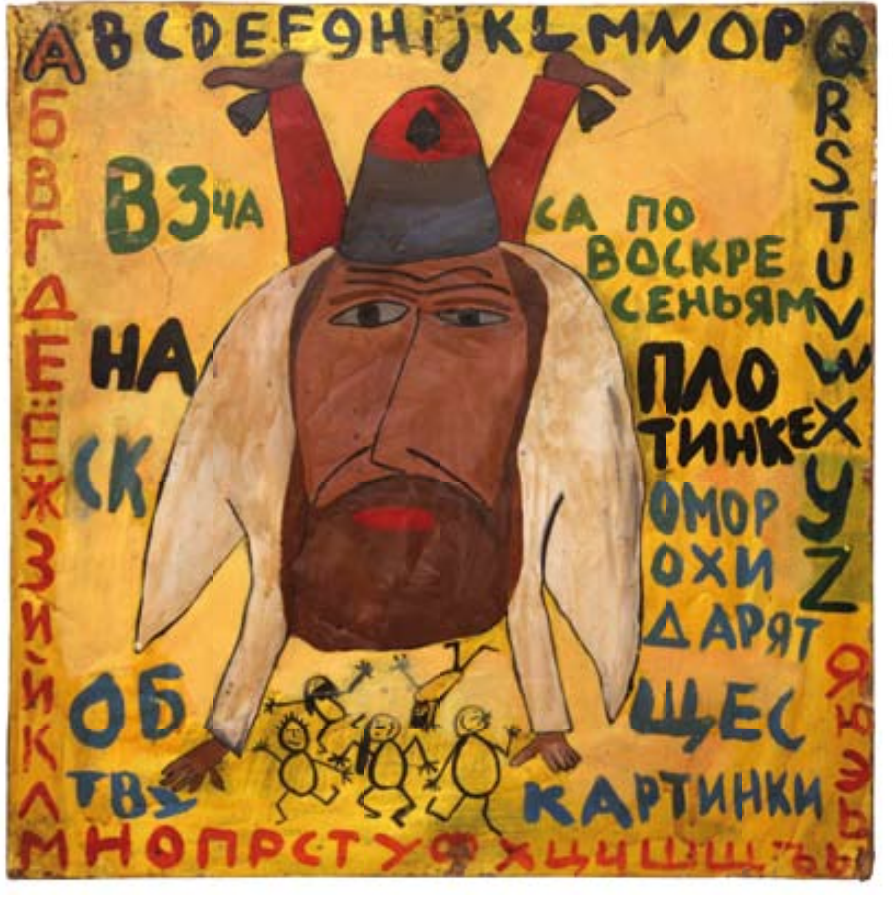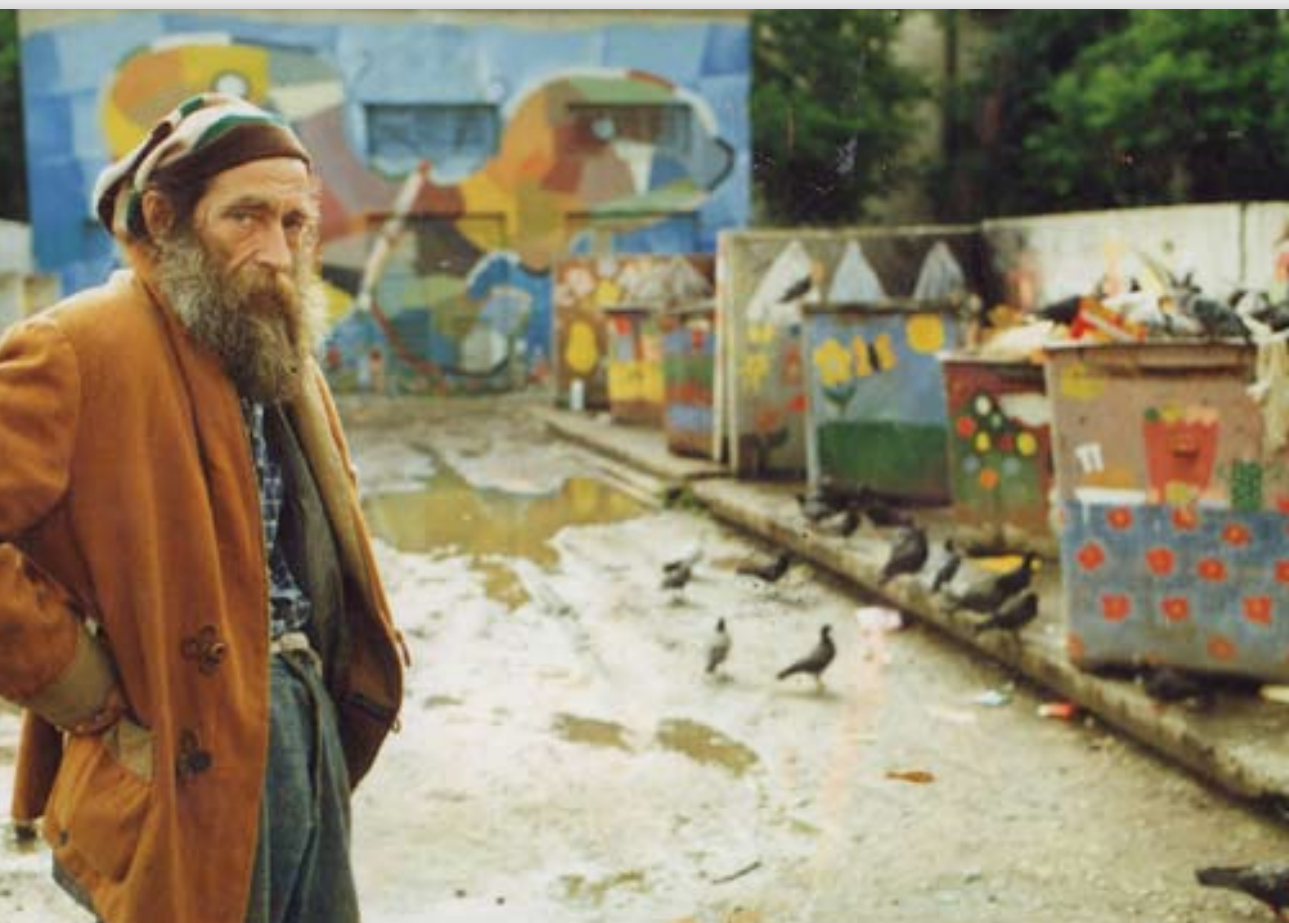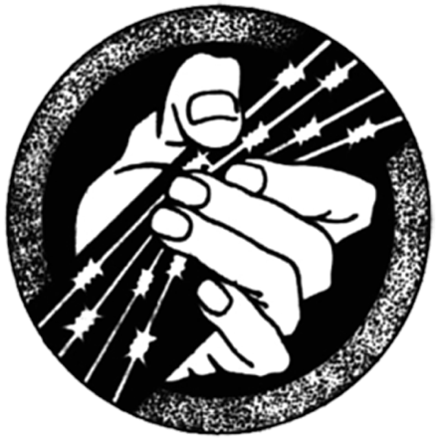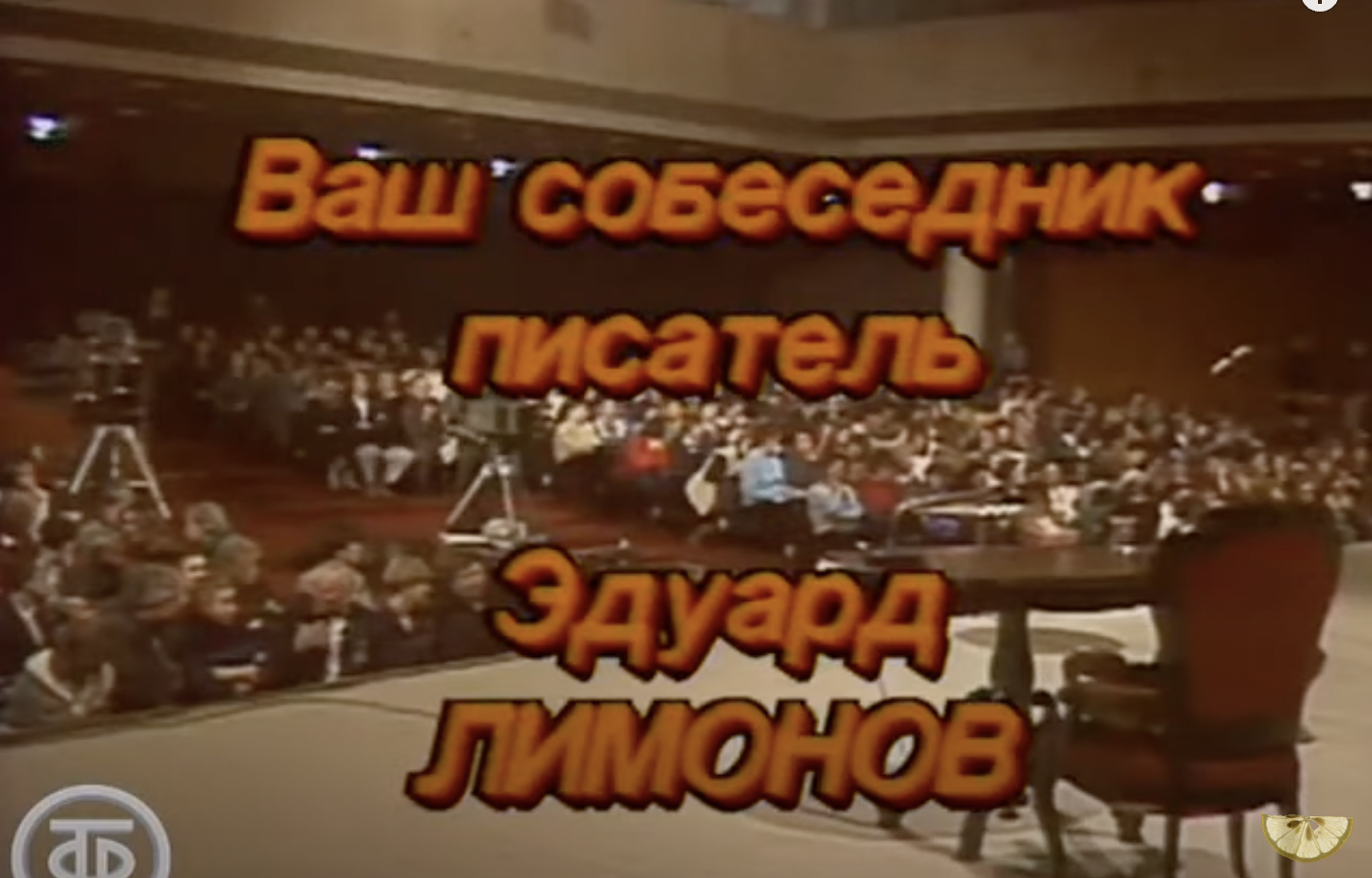Search Results
Search Terms
Results: Displaying Artifact 1 - 6 of 11 in total
Text Containing:
Page: 1
Thematic Tags: Protest Culture
The “Kartinnik”/ ”Picture-man” society at the Dam boardwalk in Sverdlovsk, 1989
A group of youths perform a Punk-Skomorokh act on a public boardwalk. They are part of street artist B.U. Kashkin's (1938-2005) “Kartinnik” circle, which produced a wave of infamous—but positive and cheerful—actionism.
"At 3 PM on Sundays, at the Dam, the jesters [skomorokhi] will gift society with pictures!", 1989
B.U. Kashkin's circle created outsider art in various media, but especially painting, distributing it to the public during their Punk-Skomorokh performances. B.U. Kashkin encouraged amateur artists to experiment with public art.
B. U. Kashkin in front of painted rubbish bins at the Ural Electro-Technical Institute, 1993.
The bearded B.U.Kashkin (1938-2005) stands in front of an array of trash bins painted with bright, colorful scenes featuring trees, butterflies, and flowers. Against the background of this artistic display, pigeons are seen digging through the site’s abundant garbage and mud.
Human Chain Across the Baltic Republics
Pravda’s (1911-) coverage of the Human Chain on 24 August 1989, documenting the previous day’s political action by hundreds of thousands of Lithuanians, Latvians, and Estonians, who linked together in a 600-kilometer-long “living chain” (zhivaia tsep’) that stretched from Tallinn, Estonia to Vilnius, Lithuania.
“Rock Against Terror”
The concert logo for the Rok protiv terrora (Rock Against Terror) music festival, which took place in Moscow on 6 April 1991.
Limonov Becomes a Post-Soviet Nationalist Rock Star
During a 1992 “encounter” with the émigré writer Eduard Limonov at the concert hall in Moscow’s Ostankino TV studios (a common genre during perestroika), a young "neformal" (alternative kid) in the audience suggests creating a subculture made up of young “limonovians.”





